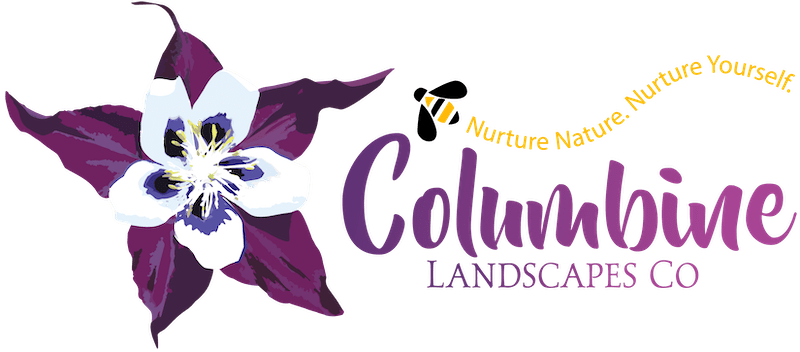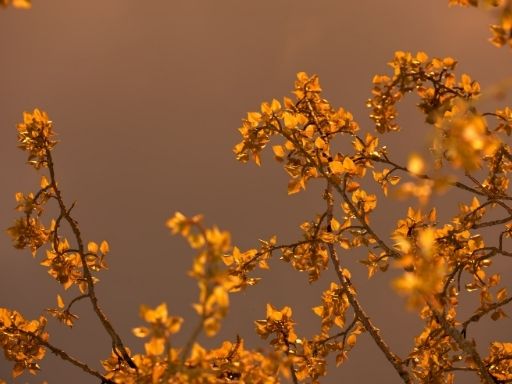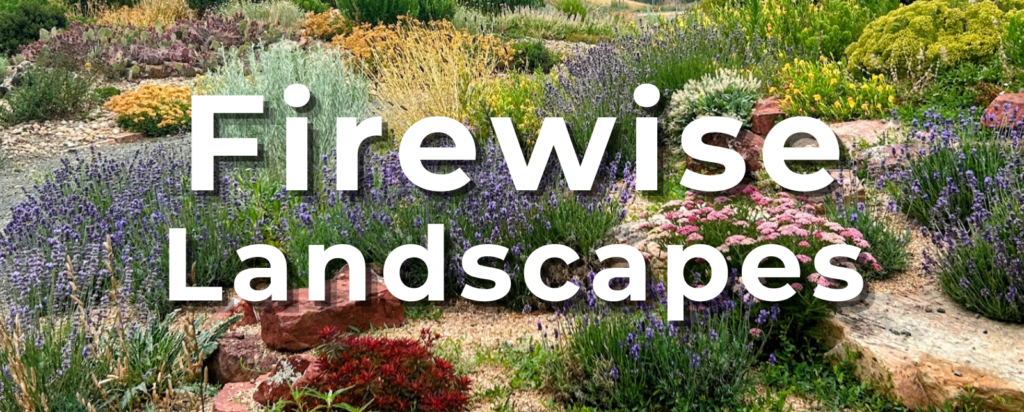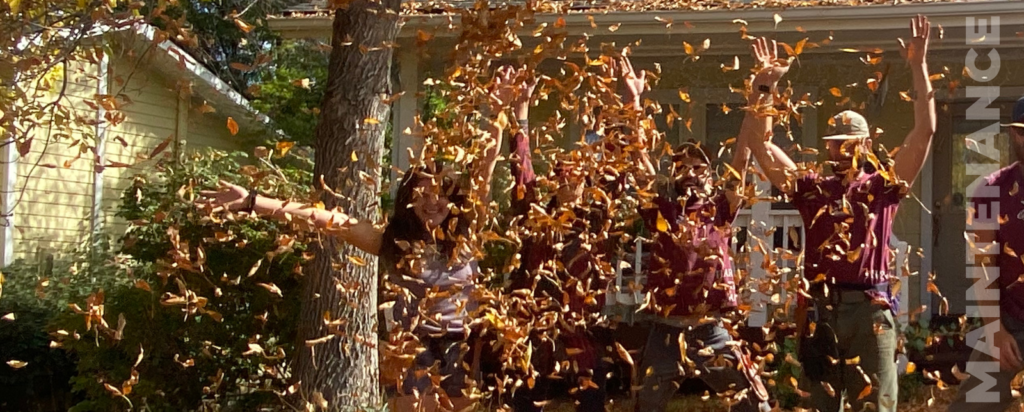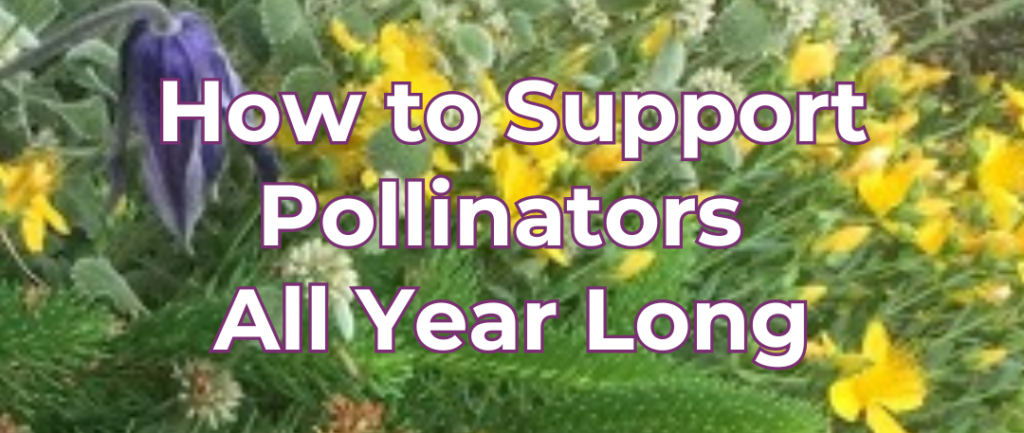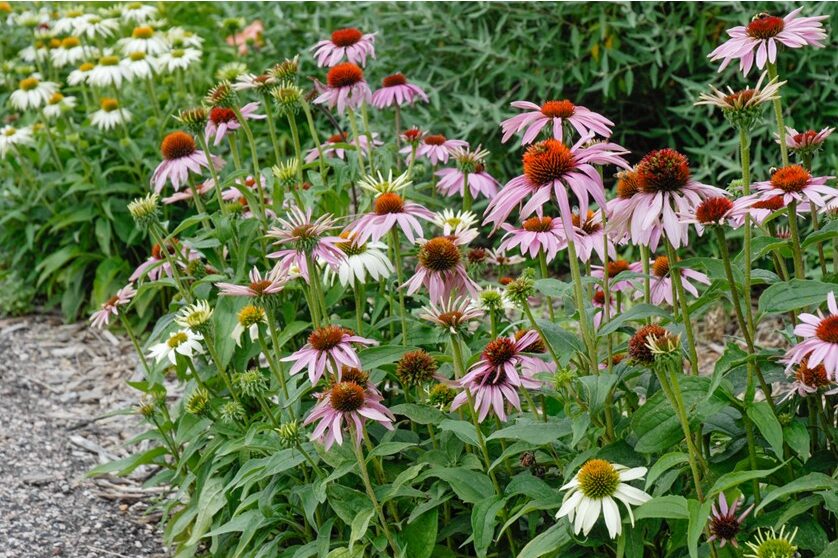There are so many options for enhancing the look and feel of your winter garden in Colorado beyond evergreen. Think about the added delight provided by form, texture, and movement in what is typically regarded as a flat, motionless time of year.
Enter ornamental grasses; one of my favorite ways to dress up the winter landscape. They offer us seductive motion with their long tresses of blond leaves, undulating in the chill breezes. Their tall, shapely figures contribute a vertical accent to the expansive drifts of horizontal plane. Their life giving seed heads provide nutrition and nurture birds in search of sustenance. In return, they only ask that they be renewed late each winter – cut back to six inches from the ground – so that their new growth may start fresh, looking its best. A flat top haircut style is quick and easy with hedging shears. Don’t worry; it won’t last long. The new growth will fill in quickly come spring.
Other appealing additions to the winter garden are shrubs and trees with interesting bark; Nine Bark (Physocarpus sp.), Red Twig Dogwood (Cornus stolonifera), Seven Sons Flower (Heptacodium miconioides), American Wax Flower (Jamesia americana), Birch (Betula sp.), and, of course, Aspen (Populus tremuloides). These well adapted species add texture and contrast. I personally think there are few sights better in the winter here than the intensely red twigs of the dogwood showcased by the shocking white of new fallen snow brought alive by that crisp, clear, deep blue winter sky.
Seedheads also contribute textural interest. Consider growing Blue Mist Spirea (Caryopteris sp.), Autumn Joy Sedum (Hylotelephium spectabile), Rue (Ruta graveolens), Yarrow (Achillea millefolium). Note that these seedheads must be preserved in the tidy gardener’s fall rampage of garden clean-up. Also note that Caryopteris tends to be invasive in some (especially generously watered) gardens. If this is the case in your garden, you will want to deadhead it before it has a chance to go to seed, sacrificing its cold season beauty.
Form may be found in shapely branching patterns. To add a natural, sculptural shape to your garden consider New Mexico Privet (Forestiera neomexicana), Agave (Agave sp.) whose leaves and flowering stalk (only once, at the end of its life) are uniquely sculptural, Hawthorne (Crataegus sp.), weeping varieties of trees and shrubs, Twisty Baby Locust (Robinia pseudoacacia) and Corkscrew Willow (Salix sp.).
With so many qualified options there is no reason to be uninspired by your winter scenery. Take note now of what you’d like to see where, and come spring, try spicing it up by adding motion, texture, or form to increase the interest out your window.
Here’s to the glory of the garden ~
Eve Montane
Columbine Landscapes
